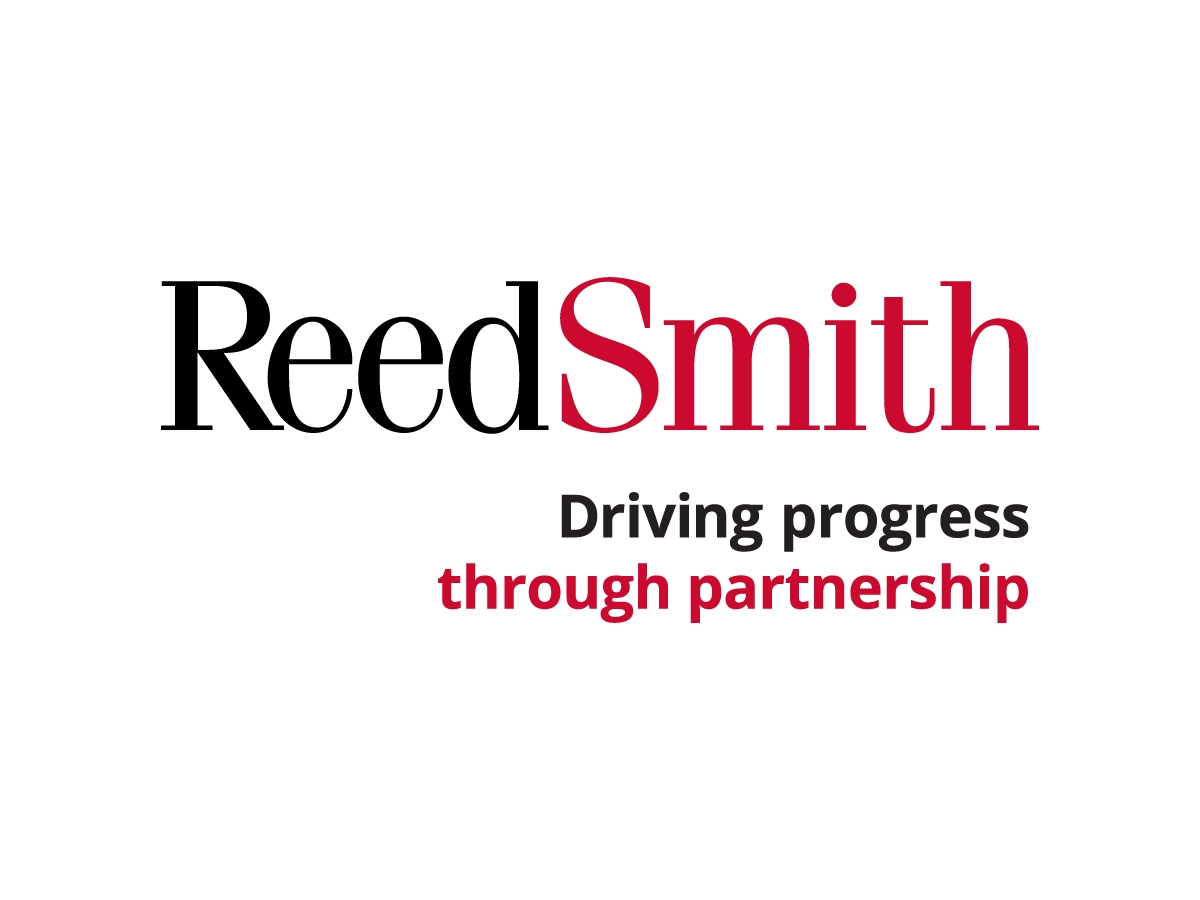Much has changed in the reporting of radiology results since the 21st Century Cures Act was signed into law on December 13, 2016. The Cures Act was designed to help accelerate new innovations and progress in the delivery of patient care, significantly undercutting its “information blocking” prohibitions. Even without enforcement mechanisms in place, information blocking rules have prompted a growing number of imaging centers and radiology departments to end long-standing embargoes on patient access to reports, which were in place to give treating physicians time to receive, review and discuss it. the conclusions of radiologists with their patients. It is now not uncommon for patients to have immediate access to their written radiology reports. This development has also generated increased patient engagement, including many radiology providers now offering access to more patient-friendly radiology reports that use interactive graphics and easier-to-understand “lay language” that promote understanding.
These changes in radiology reports have occurred despite the absence of mechanisms to enforce bans on information blocking. This week, the U.S. Department of Health and Human Services (HHS) released a proposed rule with proposed deterrents for health care providers deemed by the HHS Office of Inspector General (OIG) to have committed information blocking.
The OIG offers various “dissuasive measures” for non-compliance with information blocking rules, such as:
- Denial of eligibility for hospitals or critical access hospitals (CAHs) as significant users of electronic health records (EHRs), with loss of 75 percent of the annual market basket increase for hospitals and reduction Medicare payments to CAHs at 100 percent of reasonable costs. than the current 101 percent.
- Loss of eligibility as significant users of certified EHR technology during a performance period, resulting in a score of zero under Medicare Merit-Based Incentive Payment System (MIPS) payments to doctors.
- Make providers or suppliers who participate in an accountable care organization (ACO) ineligible to participate in the Medicare Shared Savings Program for a period of at least one year.
Despite these tools, HHS went to pains to state that even if the proposed deterrents are adopted, the OIG will have discretion to choose which complaint-blocking information to investigate. The OIG will select from the information blocking complaints those cases for investigation that it determines are consistent with its enforcement priorities.
Nonetheless, hospital radiology departments and imaging centers that continue to impose a universal embargo on radiology reports might consider taking steps to ensure immediate patient access. Of course, these same imaging providers are permitted, under the information blocking rules, to make individualized decisions, in good faith, to withhold the report of certain patients without this being considered interference.
The proposed rule should be published in the Federal Register on November 1, 2023 and will be available for public comment for 60 days.
“HHS is committed to developing and implementing policies that discourage information blocking to help individuals and the health care providers they authorize to access their electronic health information,” Xavier said Becerra, HHS Secretary.
ehrintelligence.com/…
#control #tools #proposed #event #noncompliance #information #blocking #rules #time #patient #access #radiology #reports #Supra
Image Source : www.jdsupra.com

